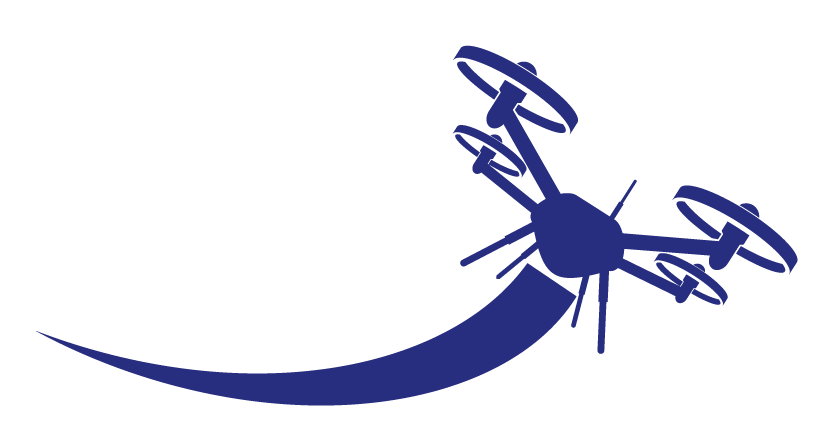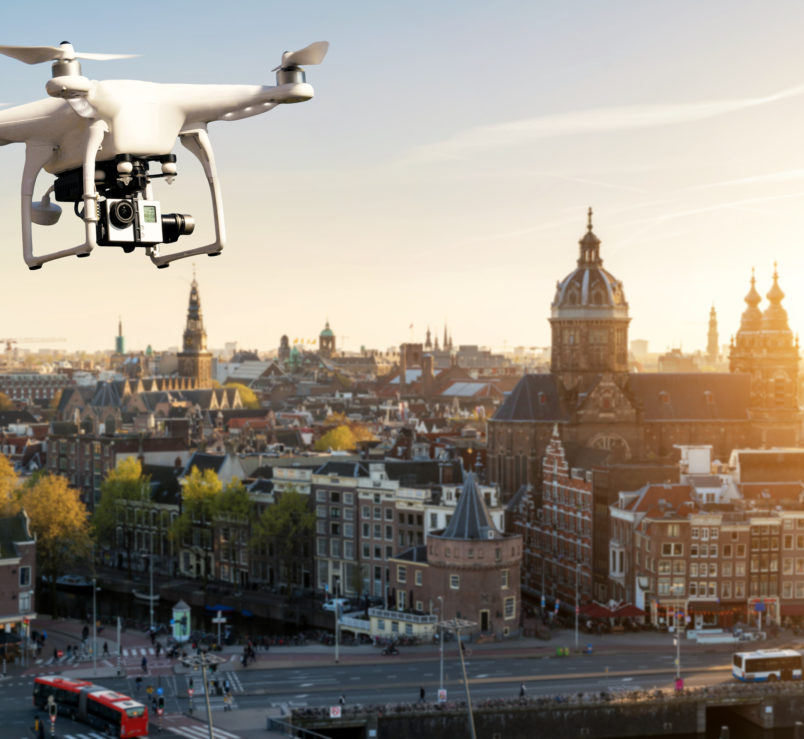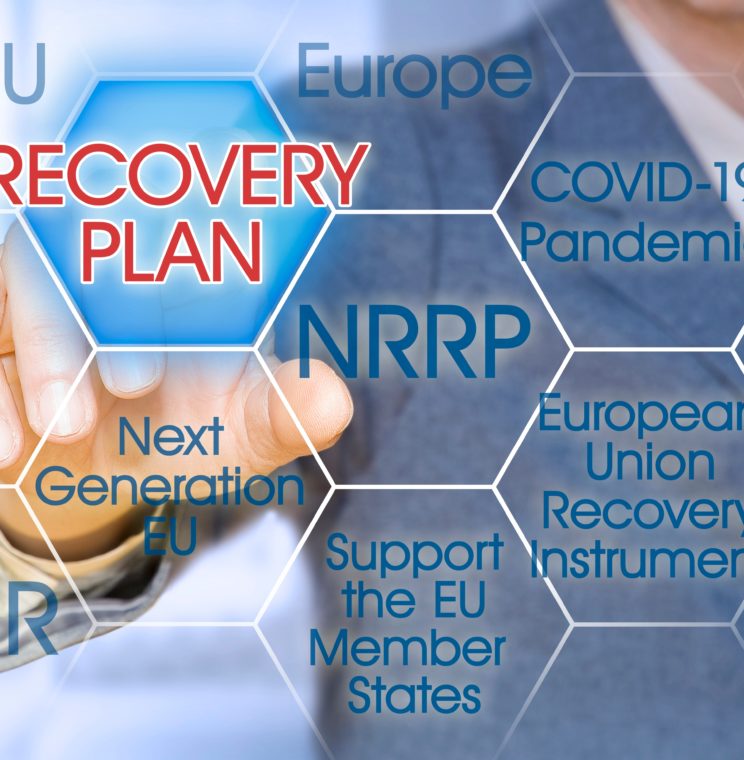Fly along to the future: drones in the Netherlands
The application of drones, also known as Urban Air Mobility (UAM), is gaining momentum in recent years. The industry is at a tipping point from small-scale applications and experiments to larger-scale use for a variety of commercial and non-commercial, socially relevant purposes.
In light of these developments, Ecorys, in collaboration with NLR and Antea Group, worked on an advisory for the Dutch Ministry of Infrastructure and Water Management (IenW) to develop the country’s UAM Strategy. The ministry will use our advice in drafting the Dutch Drone Strategy announced in the Unmanned Aeronautics Action Plan 2023-2025 and likely to be published in early 2024. Find out how the Netherlands is playing a leading role in this fast-growing industry and what opportunities this brings.
Background
Over the past decade, an ecosystem has emerged in the Netherlands consisting of various market players, knowledge and research institutions and representative organizations in the field of UAM. Internationally, the Netherlands is also closely involved in the development of the drone market. For example, the Netherlands was at the cradle of Jarus: an organization that advises the European Commission on operational, technical and safety requirements within unmanned aviation.
But why should the Netherlands actually commit to further development? Both economically and socially, we see opportunities. For example, the total Dutch drone market has been estimated at about 500 million euros in 2035, with a minimum of 160 million and a maximum of 920 million euros. This potential market is typified by many types of applications. Our analysis reveals promising applications in agriculture and in the field of inspection and maintenance. These applications have the potential not only to boost the economy, but also to provide a positive social impact. For example, did you know that a Department of Public Works inspector is up to 20 times less likely to have the same accident when using a drone compared to using traditional methods such as aerial work platforms?
Curious about all the other opportunities? Our report includes the estimated economic and social value of using drones in agriculture, freight transportation, passenger transportation, for security and emergency response, for public services, for inspection and maintenance, for entertainment and advertising, and for data collection.

Key findings
Our vision? By 2035, drones will be an integral part of our daily lives. To get here, we make several concrete recommendations. In addition to sharing recommendations for application areas and development sites, we propose actions in seven different dimensions:
- Develop a national legislative and regulatory framework;
- Develop cooperation mechanisms;
- (Pro)actively managing and embracing social impact and;
- Create an enabling drone environment through U-space;
- Develop technological building blocks and stimulate R&D and innovation;
- Developing the market, regulating competition and providing access to funding;
- Developing knowledge and skills.
In our report, we describe the steps needed to develop a UAM strategy aimed at a thriving Dutch drone market. Read our full report (in Dutch) here.


24 October 2023
3 minute read
Key Experts
Geert Smit
Sector leader
Lars Jansen
Junior Consultant
Rick Janse
Senior Consultant



